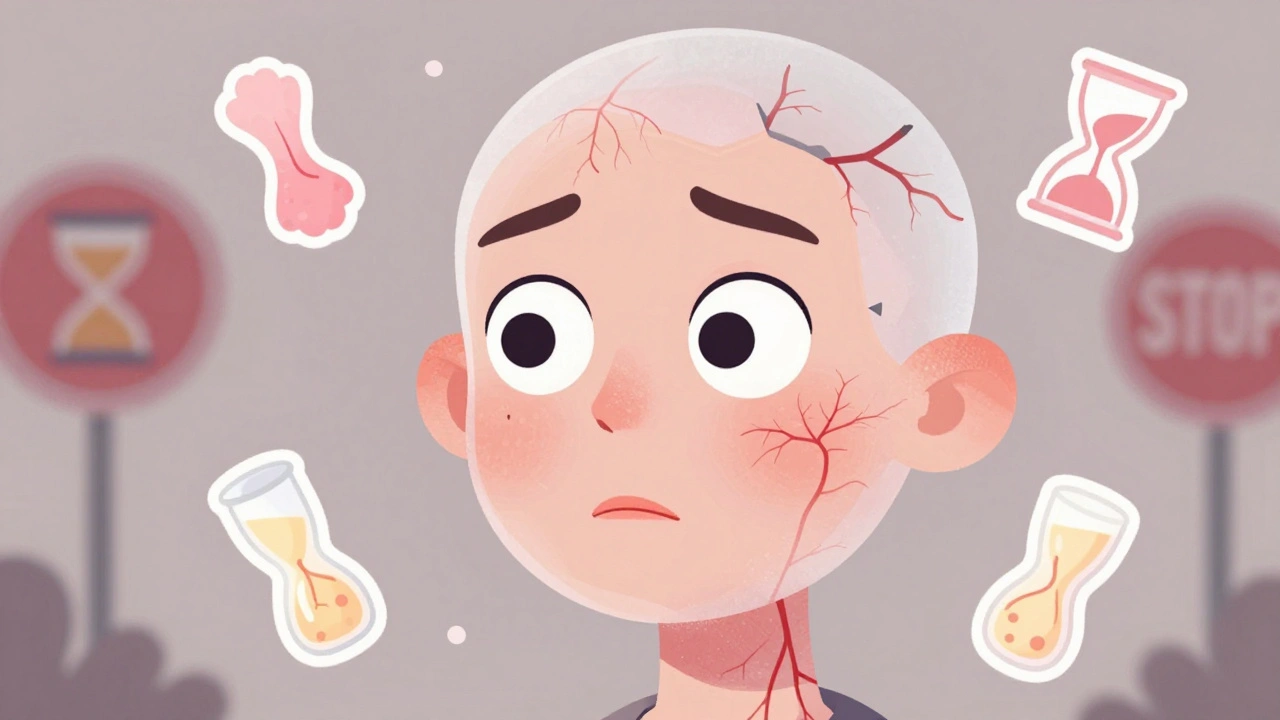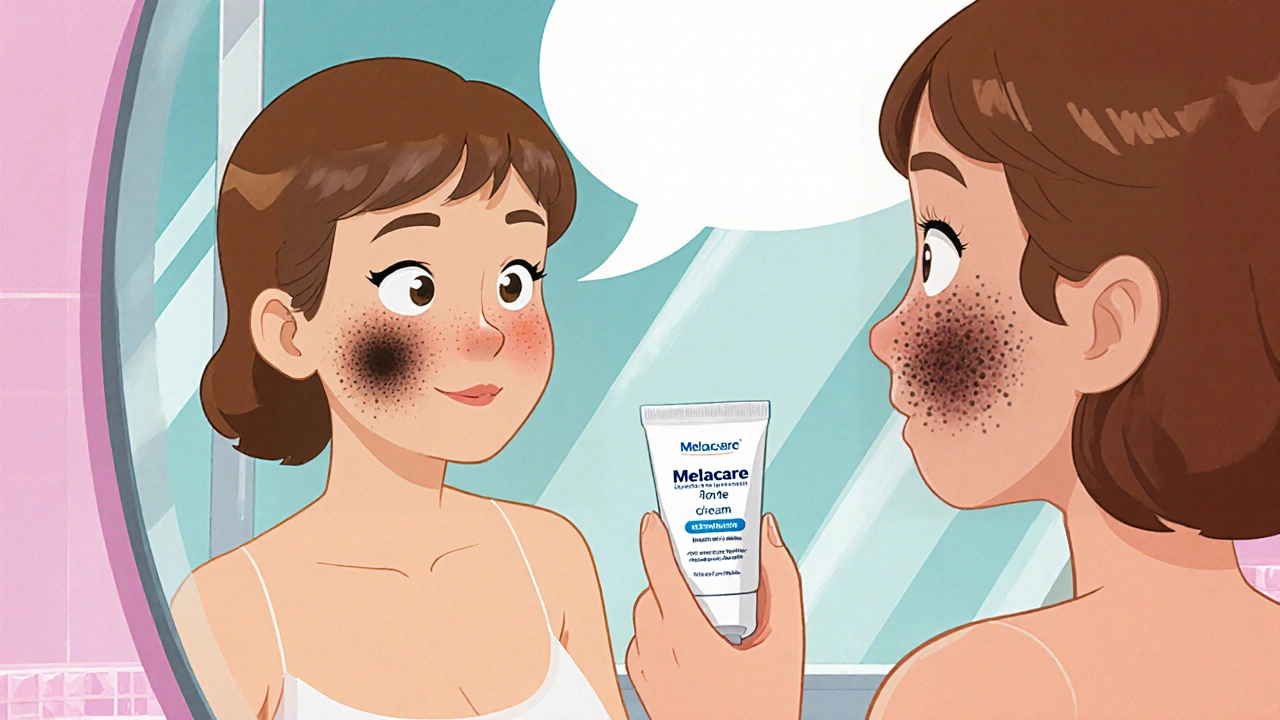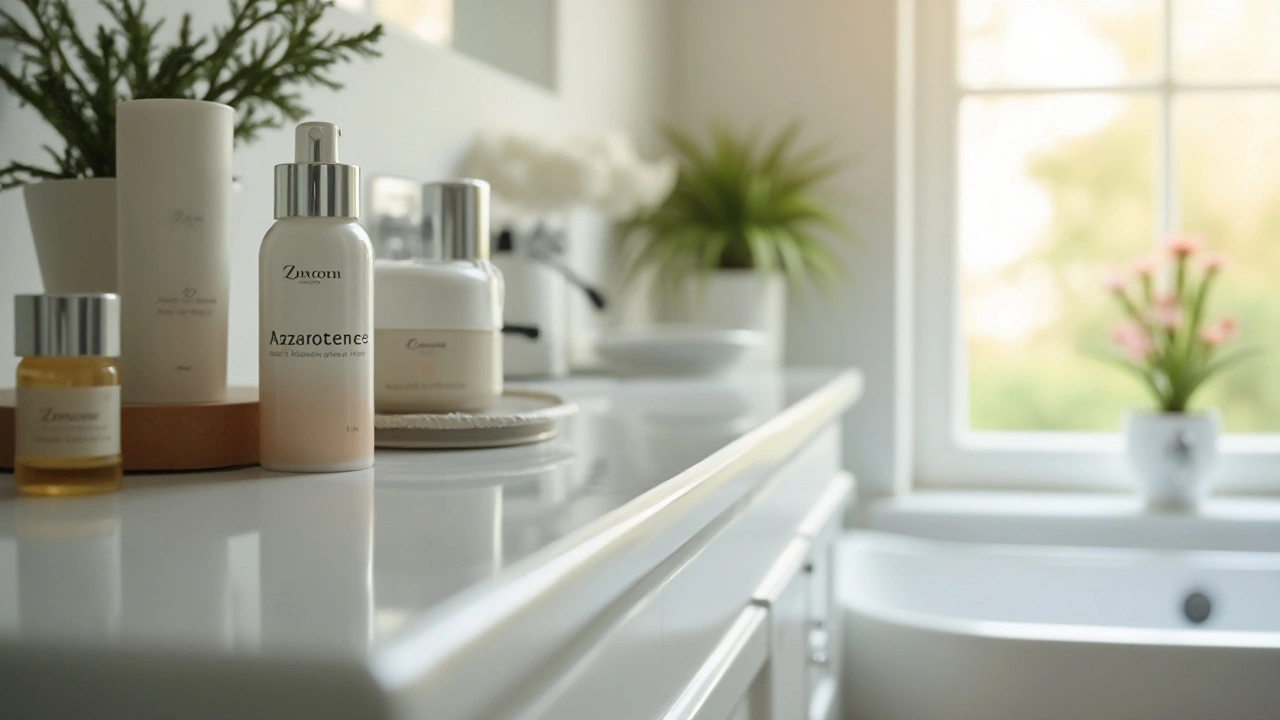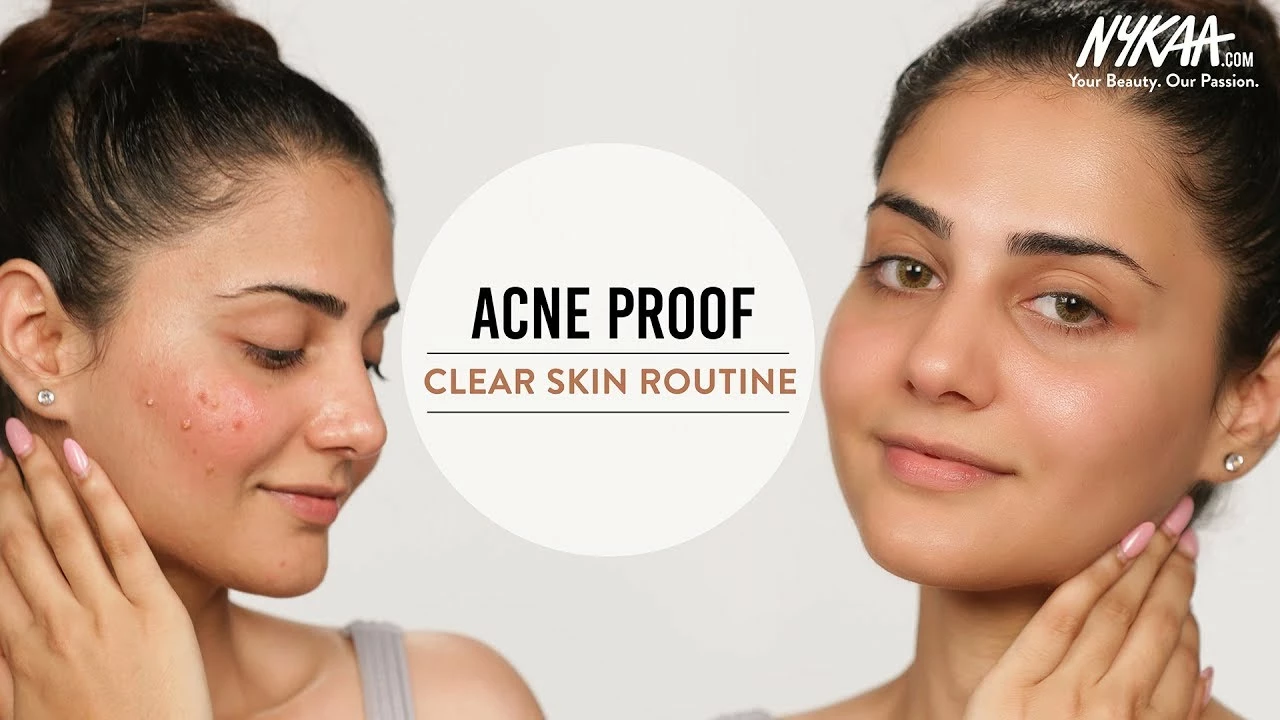Skin Care: Practical Tips, Treatments, and Product Guides
Red, flaky, or breakout-prone skin can feel overwhelming. You don’t need a drawer full of products to see better skin—just the right steps and a little patience. This page gives simple, practical advice you can use today, plus short guides on common problems like sunburn vs rosacea, tazarotene use, and ingredients for acne-prone skin.
Start with a basic routine: cleanse, treat, moisturize, and protect. Use a gentle cleanser morning and night to remove dirt and oil without stripping your skin. After cleansing, apply targeted treatments—serums with active ingredients like vitamin C in the morning or a retinoid at night. Finish with a moisturizer suited to your skin type. Always use a broad-spectrum sunscreen every morning; sun damage makes almost every skin issue worse.
If you have acne-prone skin, look for non-comedogenic products and ingredients that reduce inflammation. Niacinamide calms redness, salicylic acid helps unclog pores, and benzoyl peroxide kills acne bacteria. Allantoin is a soothing ingredient that helps heal and reduce irritation—it's safe for many acne routines and pairs well with stronger actives when used sparingly. Patch-test new products on a small area for 48 hours before applying them to your whole face.
Tazarotene is a prescription retinoid that many people use for acne and psoriasis. It speeds up skin renewal and can improve texture and pigment over time. Because it can cause dryness and irritation, start with a low frequency—twice a week—and build up. Use a gentle moisturizer and sunscreen while using tazarotene. If irritation is severe, stop use and check with a dermatologist about alternatives or concentration adjustments.
Quick tips for common issues
Rosacea often shows as persistent facial redness, flushing, and visible blood vessels. Sunburn usually has a clear trigger—recent sun exposure—and improves over days with cooling and SPF use. If redness is chronic, comes with stinging or visible vessels, or if topical home care doesn’t help, see a dermatologist. They can confirm rosacea, rule out other causes, and recommend prescription treatments.
For sensitive or reactive skin, avoid fragrance, alcohol-heavy toners, and abrasive scrubs. Instead, use lukewarm water, soft cloths, and barrier-supporting ingredients like ceramides and hyaluronic acid. For oily skin, lightweight gels and oil-free moisturizers keep hydration without clogging pores. For dry skin, richer creams and occlusives at night lock in moisture.
Featured guides from this category
Read our short, focused posts: "Sunburn vs Rosacea: Dermatologist Checklist & When to Get Help" to spot red-face causes; "Tazarotene in Skincare" for practical tips on adding a retinoid; and "Allantoin for acne-prone skin" to learn if it fits your routine. Each article gives step-by-step advice and things to watch out for.
Pick one change and try it for four weeks. Track reactions and photos to see real progress. If something causes persistent irritation or sudden severe reactions, stop and seek medical advice. Small, consistent steps beat product overload every time.
Acne Scars: Microneedling, Lasers, and Topical Strategies That Actually Work
Acne scars are permanent but treatable. Learn how microneedling, lasers, and topical skincare work together to reduce scarring with real-world results and expert-backed protocols.
Keep ReadingSkin Atrophy and Infections from Topical Corticosteroids: Risks, Signs, and Safe Use
Topical corticosteroids can cause skin thinning, infections, and long-term damage if misused. Learn the signs of atrophy, how to use steroids safely, and what to do if you're experiencing withdrawal.
Keep ReadingMelacare Forte Cream vs Top Skin‑Lightening Alternatives: A Detailed Comparison
A thorough comparison of Melacare Forte Cream with hydroquinone, mometasone, tretinoin versus popular OTC alternatives, covering safety, cost, and results.
Keep ReadingSunburn vs Rosacea: Dermatologist Checklist & When to Get Help
Is your red face just a sunburn or something more? Spot the difference and learn when you need a skin doc, with a detailed checklist and facts.
Keep ReadingTazarotene in Skincare: Integrating Modern Beauty Solutions
Tazarotene, known for its effectiveness in treating acne and psoriasis, has carved a niche in modern skincare routines. With innovative beauty trends focusing on targeted treatments, tazarotene stands out due to its retinoid properties that aid in skin renewal and blemish reduction. Users are increasingly adding tazarotene to their daily regimen, balancing it with other skincare products for optimal results. This article explores the role it plays in the current beauty landscape, offering tips on how to best integrate it into your routine.
Keep ReadingAllantoin for acne-prone skin: does it help or hurt?
As someone with acne-prone skin, I was curious to find out if allantoin could help or hurt my skin. After researching, I discovered that allantoin is a soothing, anti-irritant ingredient that can promote wound healing and skin regeneration. It's known to help reduce redness and inflammation, making it a great addition to acne-fighting skincare routines. However, it's important to remember that everyone's skin is different, and what works for one person may not work for another. In conclusion, allantoin may be beneficial for some acne-prone skin types, but it's always best to patch test any new skincare ingredient before fully incorporating it into your routine.
Keep Reading





